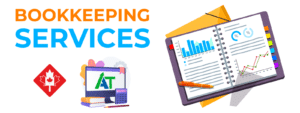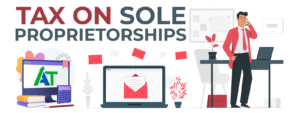Types of Bookkeeping Services
Types of Virtual Bookkeeping Services That Can Transform Your Business’ Financial Management When setting up[Read More]
13
Jul
Jul
A CPA Guide to Financial Statements
Demystifying Financial Statements: A Guide by Your Trusted CPA Accounting Firm Being able to understand[Read More]
10
Jul
Jul
Benefits of Cloud Accounting
Unlocking Efficiency and Flexibility: The Benefits of Working with a Cloud Accounting Firm With the[Read More]
02
Jul
Jul
Filing Taxes as a Sole Proprietor
Simplifying Taxation for Sole Proprietors in Canada: A Comprehensive Guide An unincorporated business owned by[Read More]
19
Jun
Jun
The Business Partnership Structure
Running a Partnership Business in Canada When setting up a business, there are three main[Read More]
08
Jun
Jun





